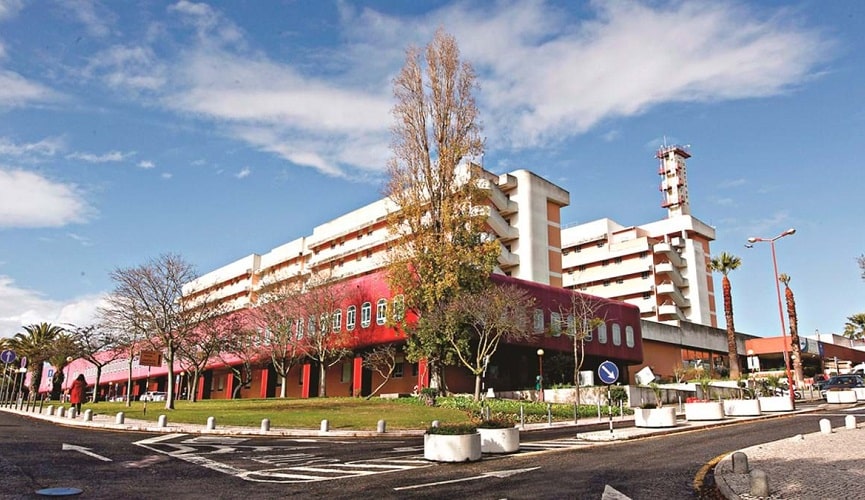In 2016, Almada hospital created a project to monitor users who use the emergency department 10 times or more in a year, achieving individualized monitoring of 400 patients and reducing demand on the service.
According to the Garcia de Orta Hospital (HGO), in Almada (Setúbal district), the idea of creating the User Problem Solving Group (GRHU) project came about after realizing that the national and international problem of inadequate use of emergency services was occurring in the unit.
An evaluation of the project reveals that by December 31, 2022, the number of “high users” had fallen by 63.9% compared with December 2016, corresponding to a 67% drop in the number of emergency episodes.
By April 2023, GRHU had handled over 400 cases.
This is a multidisciplinary working group, formed with the support of the HGO Board of Directors and the Board of Directors of the Almada-Seixal Health Center Grouping. It comprises five doctors, five nurses and three social workers from the two institutions.
The initiative’s target audience is the so-called “heavy users”, i.e. very frequent users of the HGO’s general emergency service, who have experienced at least 10 emergency episodes in 12 months.
“The main objectives of the working group are to promote the integrated management of person-centered care, to improve referral and accessibility to healthcare, including social support, to promote adequate and effective articulation and integration of the different structures that provide care, to promote gains in health and preventive attitudes and to optimize the response of the HGO general emergency service to users who are truly urgent and emergent,” the unit said.
Frequent users, it added, have complex needs: mental and physical health problems, multiple chronic illnesses, insufficient social support and socio-economic difficulties.
As part of its activity, the GRHU draws up an individual integration plan for each “high user”, with the collaboration of all stakeholders, including the family teams of the health units on which the users depend.
“In this individual plan, the needs and available resources for each user are identified, and a case manager is appointed from among the GRHU members, to evaluate and monitor its implementation,” explains Garcia de Orta.
The project, partnered with Nova Medical School’s Value for Health CoLAB, is a person-centered model of care integration, articulating social resources (institutions of social solidarity and in the community), family resources (support and housing network), hospital care (general and specialized emergency services) and health care in the community (family team and community care teams).
Heavy users” are discharged from hospital when they have had fewer than four emergency episodes in the last 12 months, and fewer than three episodes in the last six months.









